Tanker loading systems refer to systems used in measuring solvents and liquid fuels during the unloading process. Transfer operations of loads to or from cargo tankers are susceptible to spillage unless some safety arrangements are put in place to make sure that the carrier unit does not move away until all the transferor loading hoses have been disconnected. Load transfer operations on rail and road tankers utilize the same fundamental principles and mainly feature barrier or gantry structures, supply valves, hose couplings, and hose storage facilities.
JLA loading technology provides an amazing tanker loading system and an automatic safety system that interconnects the gantry unit with the loading bay barrier. This barrier cannot be raised until the gantry has been raised as well, and this can’t happen until the loading hoses have been disconnected or retracted. Pneumatic and Hydraulic automated loading hoses can also have interlock systems to prevent spillages.

Benefits of tanker loading automation
As safety legislation and technology develop, the tanker loading sector is gradually changing from top-loading to bottom loading, which presents numerous benefits. The safety of the operators is critical, so having the capacity to get drivers from the tankers’ tops and down to the ground level during the loading operations is usually preferred.
Besides, that also reduces the need for costly high-level safety harnesses and access stairways. Moreover, another important benefit of the tanker loading system is usually the ability to load several compartments simultaneously, which in turn reduces the time a truck spends in a depot allowing it more time to deliver the valuable products.
